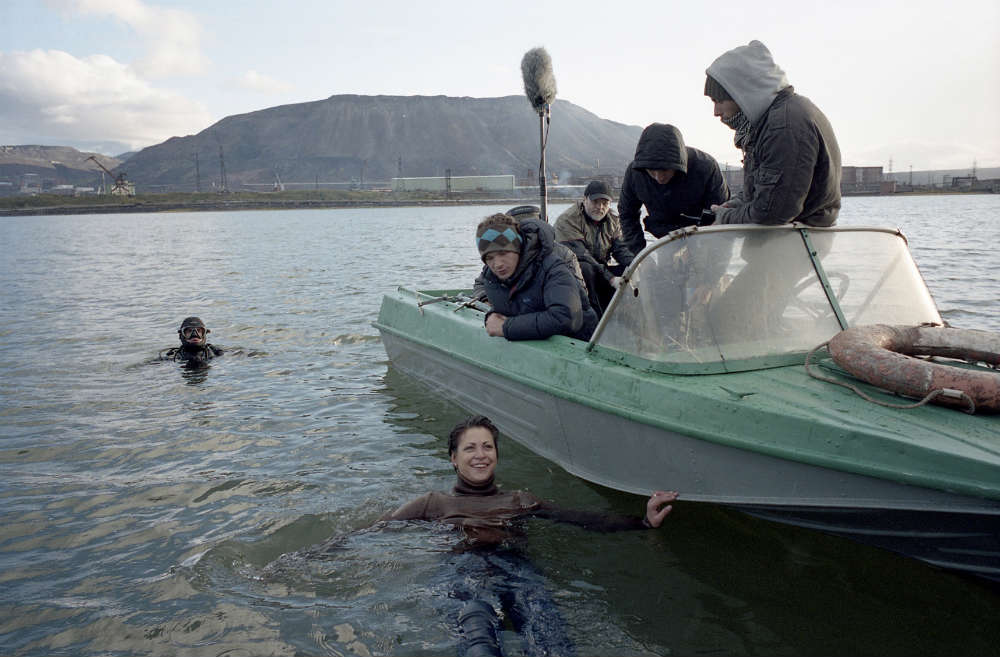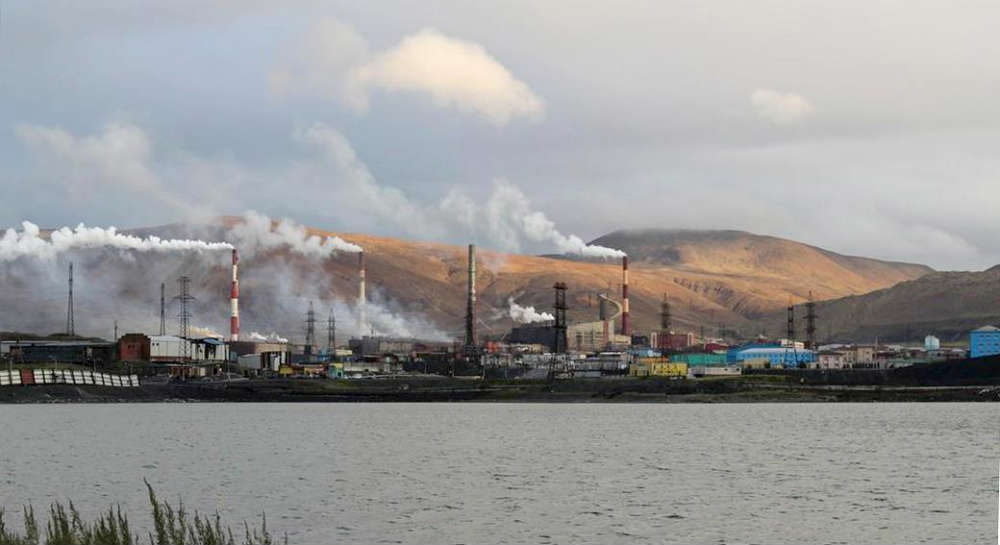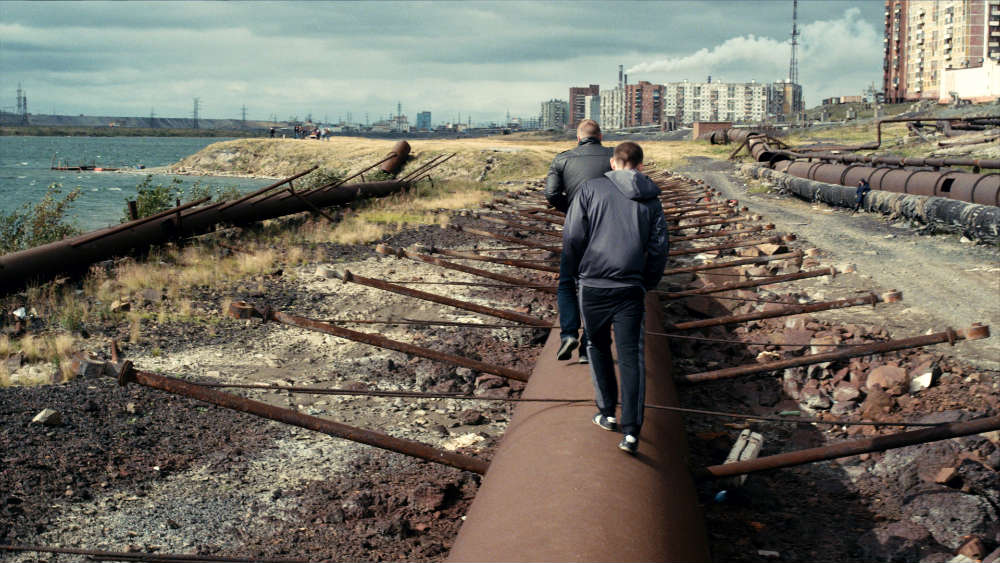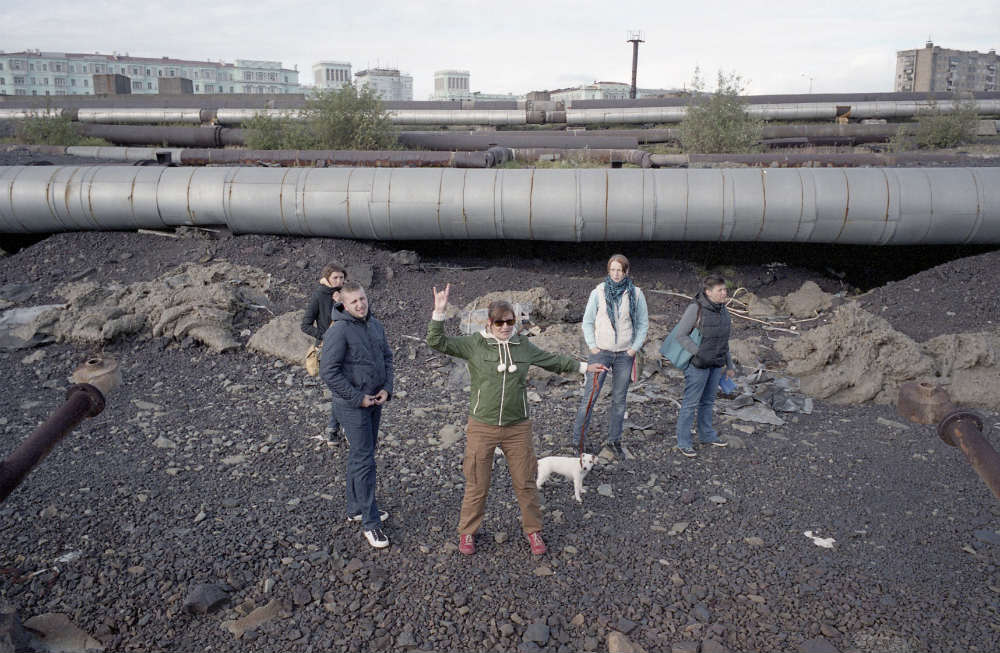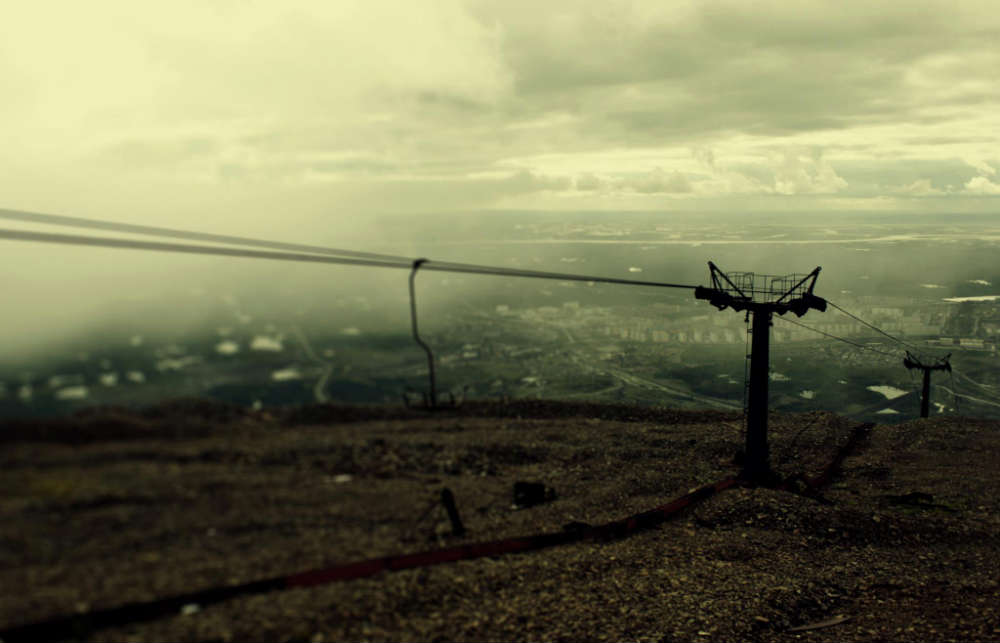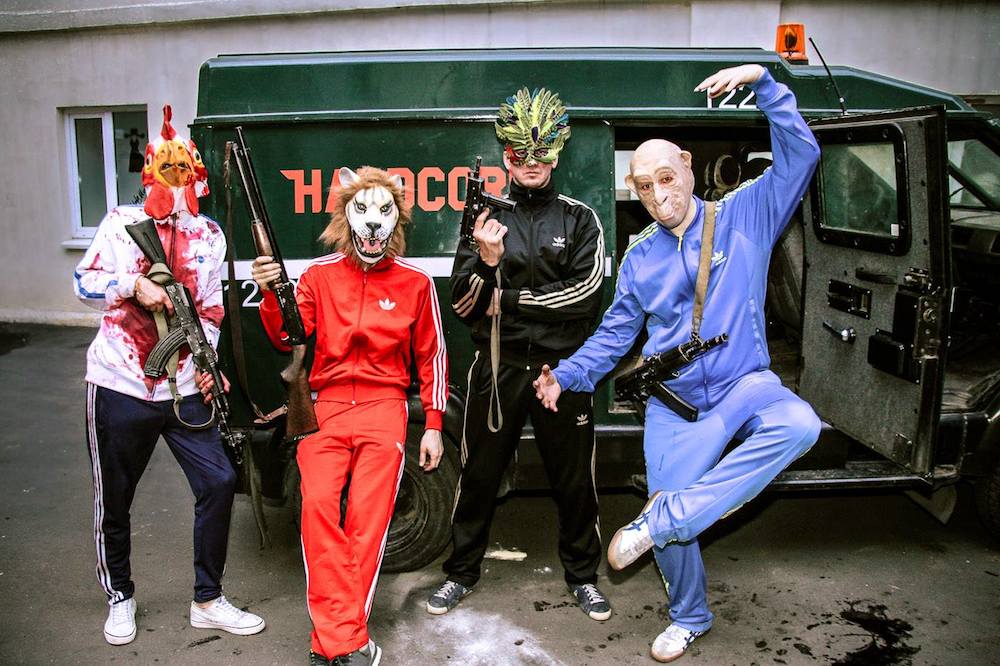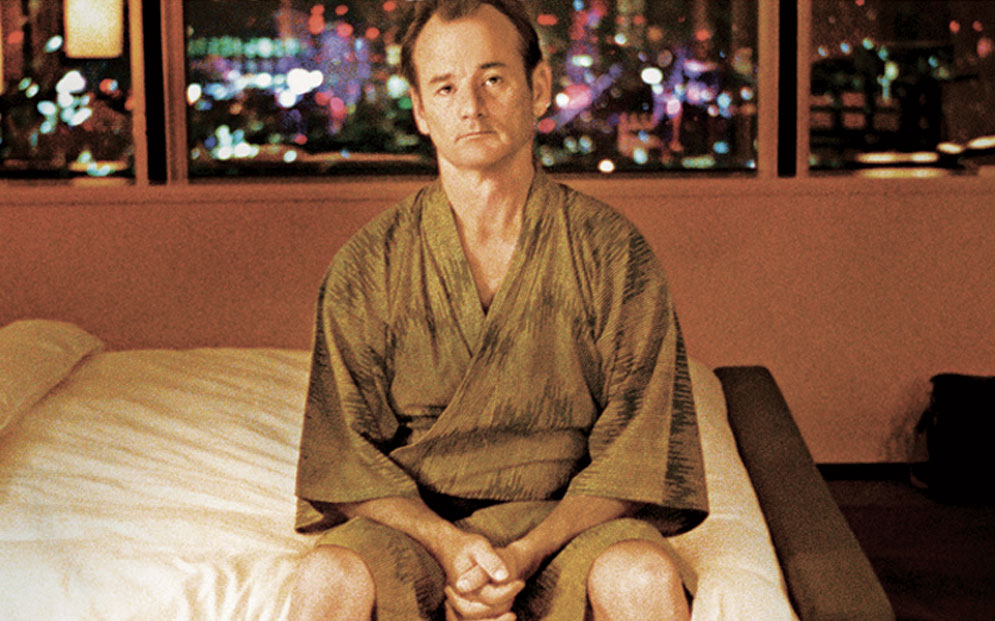Grim up north: The Hope Factory and the changing face of Russian cinema
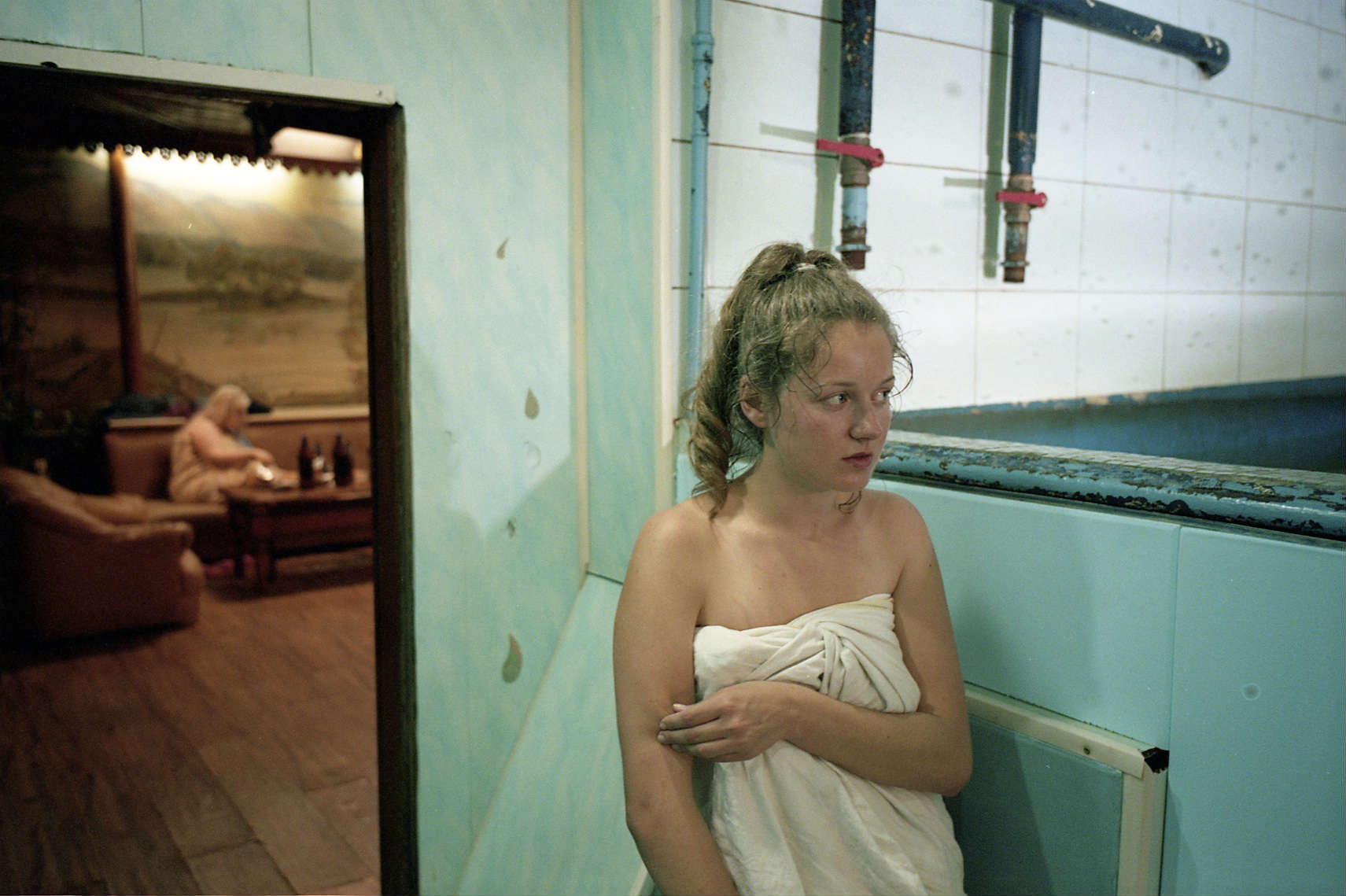
Natalia Meshchaninova, director of The Hope Factory, which premiered at the Rotterdam Film Festival on the weekend, talks about the city of Norilsk, the transition from documentary to feature filmmaking and the future of Russian cinema
There are few cities in Russia more remote than Norilsk. It’s no exaggeration to say that the city, the second largest in the world above the Arctic Circle, is in the middle of nowhere. No trains travel to Norilsk and it’s inaccessible by road throughout the long winter months. Flying is the main way to reach the city, one of the most polluted places on earth.
This is the setting for Natalia Meshchaninova’s debut feature film The Hope Factory, which premiered at the Rotterdam Film Festival this weekend where it is competing for the Hivos Tiger Award for up-and-coming talent. The film chronicles the lives of a group of teenagers, in particular Sveta, who dream of escaping the grim industrial city. Although the perfect location for a chernukha film, a genre that depicts the sombre realities of life in Russia, Meshchaninova is for her keen to be part of a new wave of Russian cinema.
Meshchaninova started her film career working on School, a thought-provoking television series about a Russian high school that resulted in a national debate about education. The 31-year-old went on to make Dick Dick, a live recording of a concert by legendary Russian rock group Leningrad that followed the band’s fans. Film critic Anton Sazonov spoke to Meshchaninova ahead of The Hope Factory premiere in the Dutch city.
Anton Sazonov: How did the film end up being based in Norilsk? You’re from Krasnodar, if I’m not mistaken?
Natalia Meshchaninova: It was the most suitable place to tell this story. I had studied the city for a documentary project which failed to materialise because the factories in Norilsk where I wanted to film are off limits. But I got to know the way of life there pretty well and met a few local people over the internet. I still wanted to do a project about Norilsk as I was drawn to the paradoxes of the city. From an ecological point of view, living there is near impossible. There is simply nothing there that’s good for human life. It’s all gas, pollution and permafrost.
To begin with The Hope Factory was only a short film, which was to take place in Moscow. The message of breaking away from one’s hometown was not part of the initial script. Then we started to understand that we had to do it in the regions. But even in the regions around Moscow it didn’t work as a concept either, because we wanted it to be a place that was difficult to leave not only psychologically but practically as well. Norilsk was the perfect place.
“Today the gap between commercial and auteur cinema is more distinct. The former doesn’t have any identity and the latter doesn’t get any distribution”
AS: The protagonists of your film are mainly teenagers. They’ve finished school, but have not yet attended university. Your portrayal of them is very unusual for Russian cinema. On the one hand, it’s a very honest depiction but on the other, there’s a degree of romanticism. What references did you use in your work?
NM: Any form of reality that’s put on film is the interpretation of its author. At all times, I sought to make things as realistic as possible. If I have to choose between fantasy or reality I always go for the latter. The protagonists of the film are our own creations; we didn’t need any references. As for the style, we watched a lot of contemporary European film. We watched films by the Dardenne brothers, Andrea Arnold, Mike Leigh, and Lars von Trier, especially those from the Dogme movement. Of course, things turned out very differently. When we started filming, we started to develop our own language to communicate with.
AS: How did you find the transition from documentary to feature films?
NM: The transition was difficult. I had a good grasp of how everything works in cinema when it comes to documentaries, but for feature films, it felt a bit like being lost in an enchanted forest. It was hellishly difficult to figure out how things worked. At first I was worried and tried to follow all these nonsensical rules, but then I realised that I just had to make the most of how I feel. The production team said it was easy to work with me as I had a clear idea of what I wanted. But why I wanted this or that, I have no idea. Even now that I’ve finished the film, I still don’t really understand how to create fiction.
AS: What have you got planned for the future?
NM: I have ideas for two new scripts. And director Alexei Fedorchenko has commissioned a script from me. I couldn’t refuse this offer because it’s such an interesting experience. In Rotterdam there’s another film screening, for which I co-wrote the script along with the co-author of The Hope Factory. It’s Oksana Bychkova’s film Another Year. All of these experiences have been a bit of a walk in the dark for me.
AS: The Hope Factory is a good example of a low-budget independent film. But with these low-budget films, there’s always a question of distribution, in Russia especially, because they don’t tend to be screened at cinemas. How would you describe the future of Russian cinema?
NM: It’s always been an interesting area for me and perhaps I will try to make a film that will have worldwide success one day. “Auteur mainstream”, so to speak, when you can make a film that’s your own but also something the viewer can relate to, like in Soviet times. Today the division between commercial and auteur cinema is more distinct. The former doesn’t have any identity and the latter doesn’t have any distribution. A striking example of this is Sergei Loban’s Chapiteau Show. It’s auteur cinema that captured the zeitgeist and the hearts of millions. If the distribution for the film had been better, it would have set a good precedent for the future of “auteur mainstream” cinema in Russia. It’s the direction we need to go in.
